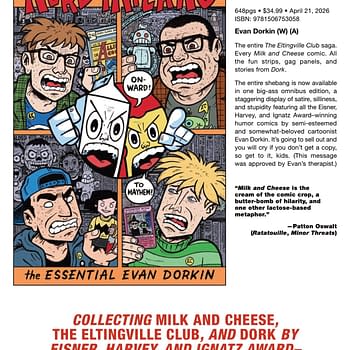Posted in: Comics, Recent Updates | Tagged: Comics, movies, superhero, warner brothers
Superhero, Movie Drinking Glasses Under Investigation for Lead, Cadmium Levels

Their initial news report elaborates:
Drinking glasses depicting comic book and movie characters such as Superman, Wonder Woman and the Tin Man from "The Wizard of Oz" exceed federal limits for lead in children's products by up to 1,000 times, according to laboratory testing commissioned by The Associated Press.
The decorative enamel on the superhero and Oz sets — made in China and purchased at a Warner Brothers Studios store in Burbank — contained between 16 percent and 30.2 percent lead. The federal limit on children's products is 0.03 percent.
AP's testing, conducted by ToyTestingLab of Rhode Island, found that the enamel used to color the Tin Man had the highest lead levels, at 1,006 times the federal limit for children's products. Every Oz and superhero glass tested exceeded the government limit: The Lion by 827 times and Dorothy by 770 times; Wonder Woman by 533 times, Superman by 617 times, Batman by 750 times and the Green Lantern by 677 times.
However, one of the key points at issue is whether such glasses are meant for children:
Federal regulators will decide whether the superhero and Oz glasses are "children's products" and thus subject to strict lead limits; if U.S. Consumer Product Safety Commission staffers conclude the glasses to fall outside that definition, the lead levels would be legal.
Judging by the agency's own analysis, obtained by the AP under the Freedom of Information Act, the Oz and superhero glasses appeal to kids.
Industry manufacturers dispute the accuracy of the type of testing done by the AP-commissioned lab:
Members of the association representing the U.S. glassware industry say the glasses are safe and strongly protest that the wipe test does not accurately reflect how much lead or cadmium escapes in the real world.
Myra Warne, executive director of the Society of Glass and Ceramic Decorated Products, said she is frustrated that the CPSC used it, rather than a more commonly used method developed by the FDA.














